Osa Costa Rica
NATURAL - EXOTIC - DIVERSE
Osa - Peninsula de Osa, is located on the southwest coast of the Pacific Ocean, province of Puntarenas. It is a relatively small area, but it shelters a large number of tropical habitats such as coastal wetlands, rainforests, rivers, beaches, etc. Also in Osa is the famous Corcovado National Park, which is Costa Rica's largest protected area, according to National Geographic is "the most biologically active area in the world", one of the most biodiverse places on the planet.
Places in Osa that must be visited
Dominical
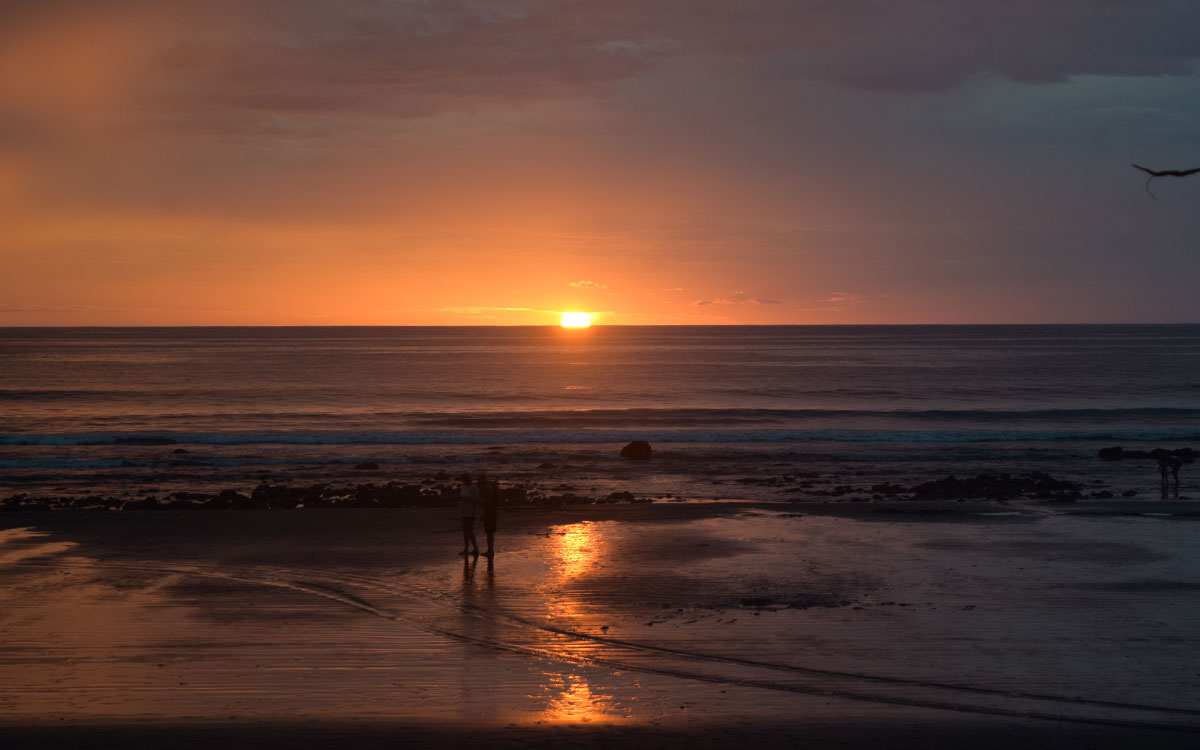
In the South Pacific of Costa Rica, we begin our journey to Osa in the town of Dominical, a small seaside town, whose beach of approximately 4km is characterized by its open sea and strong waves throughout the year, which makes it a desired destination By surfers of all levels and nationalities.
Services: Camping area, lodging for all budgets, restaurants, supermarkets, souvenir shops, yoga, gym, information centers, surf school, among others.
How to get? By land: from San José, through the Interamerican Highway passing through San Isidro del General, or through the Costanera Highway (Route 34) to Quepos and then take a bus to Uvita, both routes have excellent conditions.
By air: You can arrive by plane to Quepos airport, from there it is around 40 min by car to Playa Dominical. There are daily flights departing from San Jose.
Activities: Because the surf is strong at Playa Dominical, it is difficult to swim, so caution is recommended, however you can enjoy water activities such as kayaking, taking classes at different surf schools, sport fishing, surfing rowing; Or you can venture into the lush jungle and enjoy canopy, horseback riding, waterfalls, bird watching, butterfly, among others.
Uvita
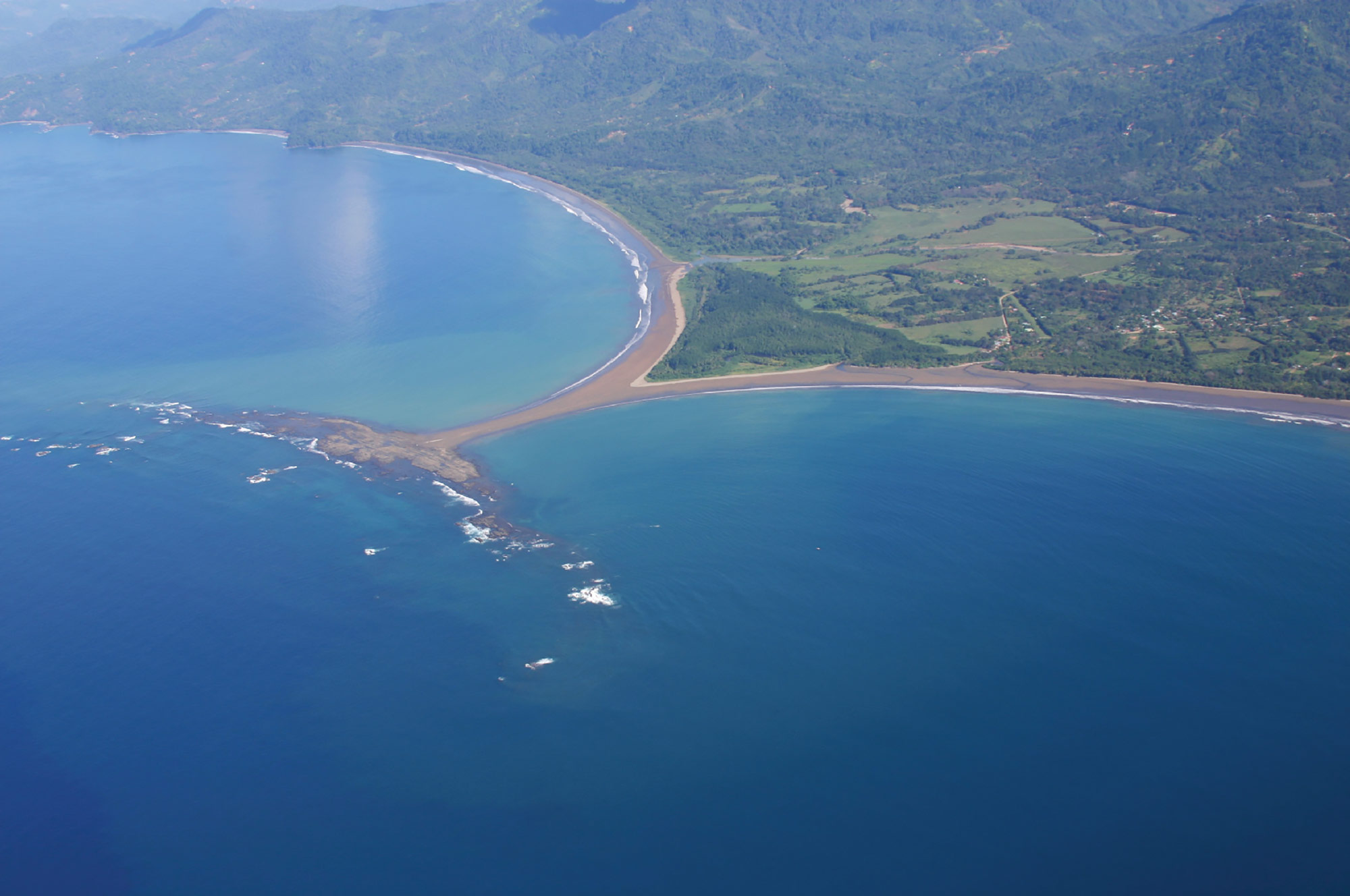
Located 16 km from Dominical Beach, Uvita Beach is part of the Marino Ballena National Park is undoubtedly its natural beauty, this beautiful beach has about 3.5 km in length, its swell is smooth, perfect for family enjoyment .
Services Accommodation for all budgets, restaurants and sodas, BCR and National Bank, supermarkets, souvenir shops, information centers, Ebais, among others.
How to get? By land: By car or bus from San José, through the Interamerican Highway passing through San Isidro del General, or through the Costanera Highway (Route 34) to Quepos and then take a bus to Uvita, both routes have excellent terms.
By air: You can arrive by plane to the airport of Quepos, from there it is about 1 hour by car to Playa Uvita. You can also use the Palmar Sur airport, from there it is approximately 40 minutes to Playa Uvita. There are regular flights to any of the airports.
Activities: Whale and dolphin watching tours, walks to the Tómbolo (whale tail), tours to Caño Island, horseback riding on the beach, canopy.
Ojochal
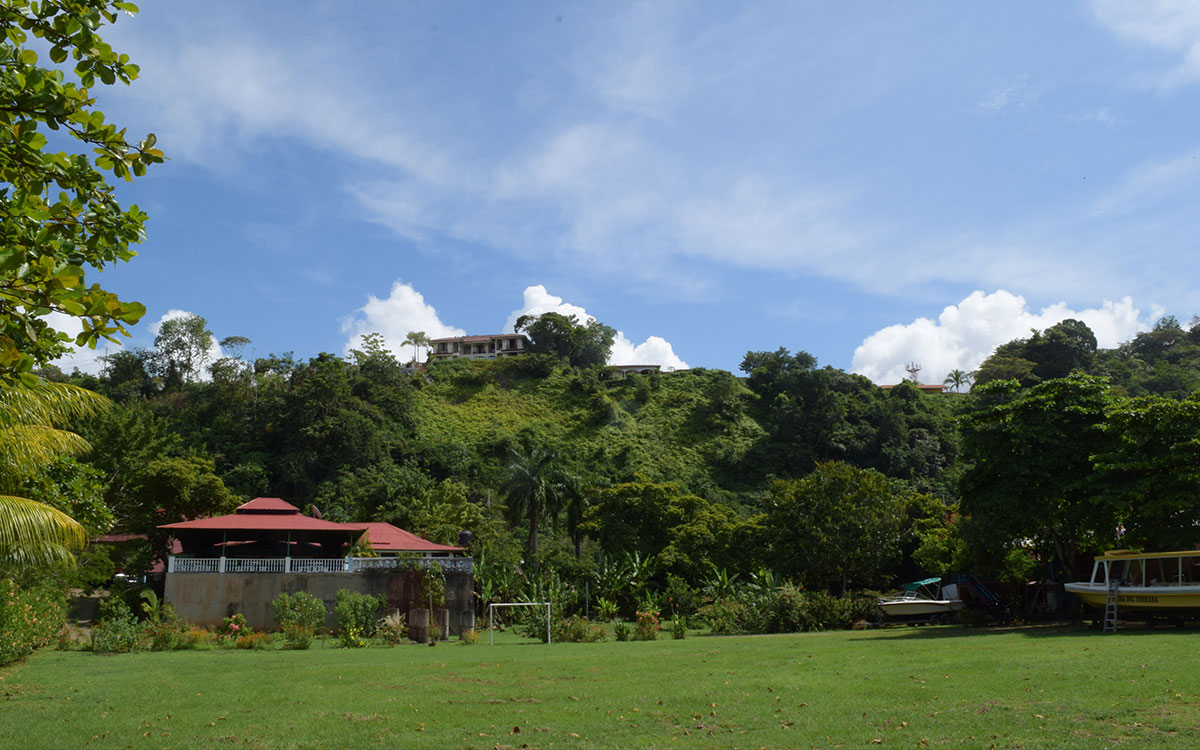
Ojochal is a warm and welcoming village that is located on the south central coast of the Pacific of Costa Rica. Just thirty minutes south of Dominical and thirty minutes north of Palmar Norte.
Those who visit Ojochal like to participate in a variety of fun activities, at the same time it is also a great place for people looking to relax on the beach.
Services. Hotels, restaurants, bars, gas station, doctor's office and dentist, Supermarket, Bakery, Hardware, Construction companies, Internet cafe, Beauty parlor, Taxi services.
How to get? By land: By car or bus from San José, through the Interamerican Highway passing through San Isidro del General, or through the Costanera Highway (Route 34) to Quepos and then take a bus to Uvita, both routes have excellent terms.
By air: You can arrive by plane to the airport of Quepos, from there it is about 1 hour by car to Playa Uvita. You can also use the Palmar Sur airport, from there it is approximately 30 minutes to the community of Ojochal. There are regular flights to any of the airports.
Activities: ATV, canopy, bird watching, mangroves of Sierpe, great variety of beaches (Playa Ventanas, Playa Tortuga, Playa Piñuela, Playa Ballena), surfing lessons.
Sierpe
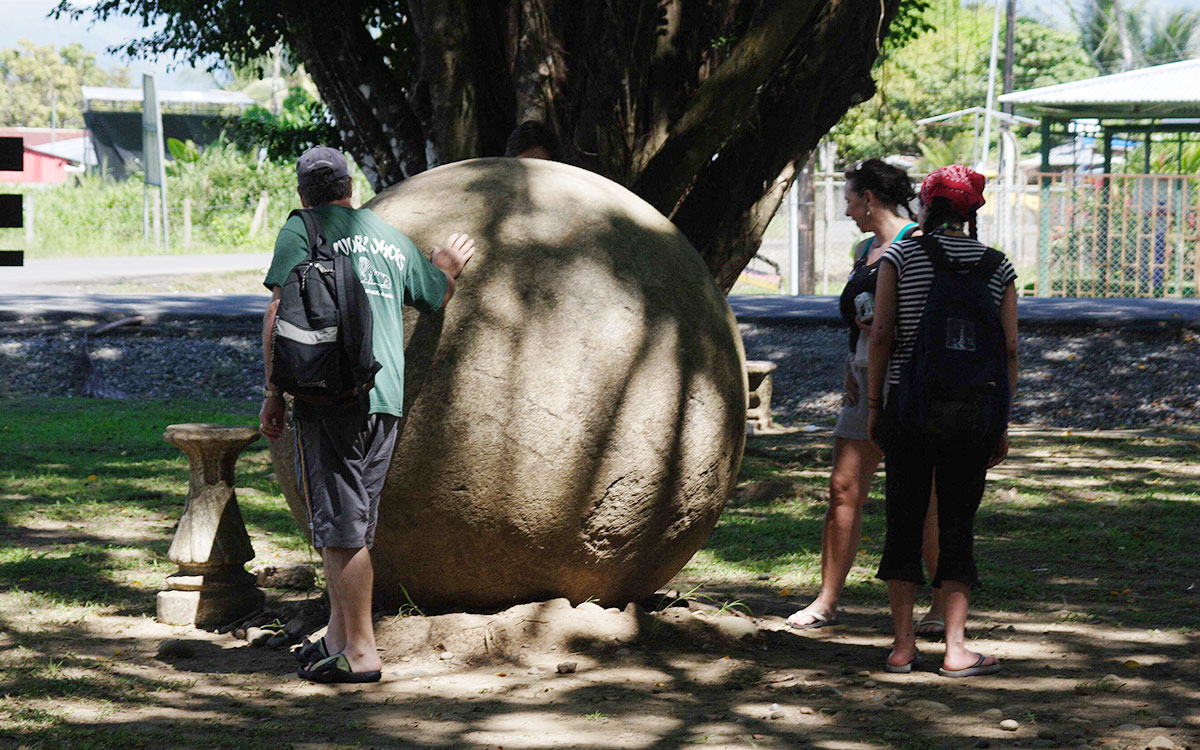
Sierpe is the third district of the canton of Osa in the province of Puntarenas. Specifically in the estuary of the rivers Térraba and Sierpe in the coast of the South Pacific, to 270 kilometers of San José. Its climate is tropical and can be accessed by air, land and water.
The main source of employment of Sierpe is the tourist activity, followed by the fishing, extraction of molluscs, cultivation of rice, palm, fruits, etc; In addition the community has public services such as school, college and ebais.
Sierpe is a complex of environments including tidal channels, beaches, lagoons, marshes, mangroves and forests. It comprises the largest and most important mangrove forests in Costa Rica.
It has a forest ecosystem, flooded by the action of the tides, that allows an adequate supply of mud, rich in organic matter. It also contains several natural and artificial aquatic ecosystems (rice paddies and ponds).
Places to visit
Wetland Térraba-Sierpe.
Sierpe River.
Islas Violines.
Laguna Sierpe.
Bahía Drake
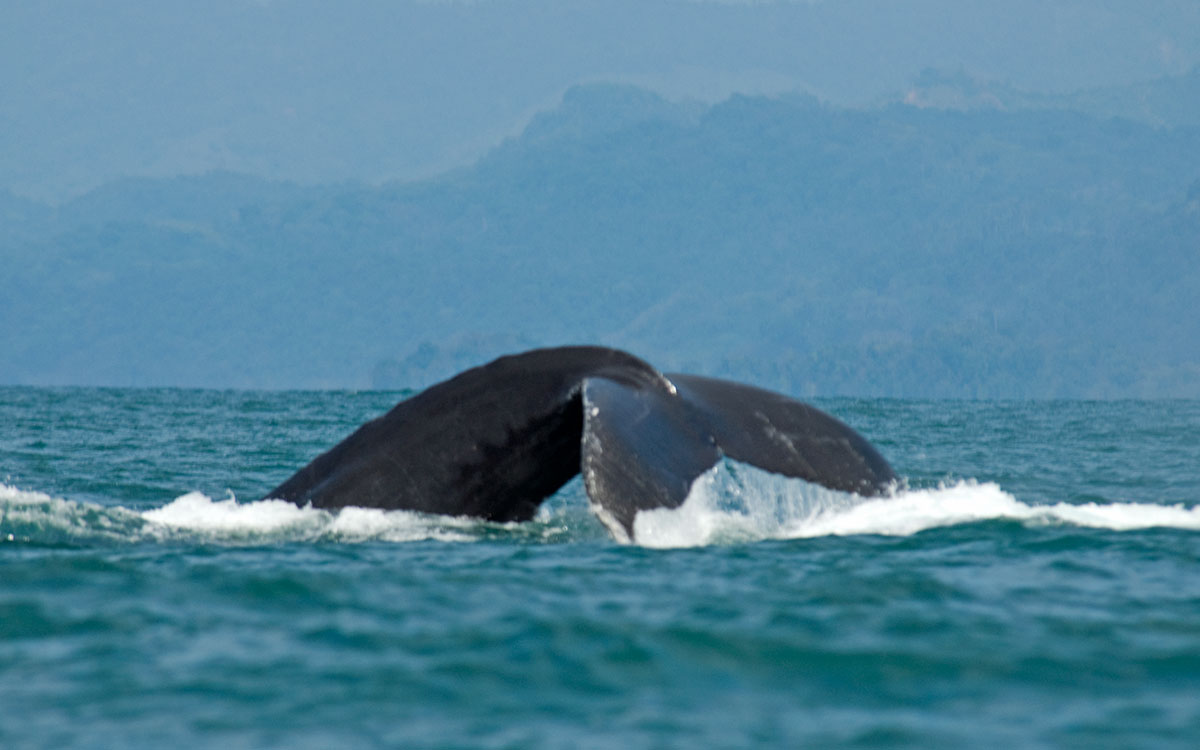
Drake Bay is a small bay on the north side of the Osa Peninsula. For long time it was accessible only by sea, this is the reason it remains a tropical lowland forest, mostly virgin. The main town of Drake Bay is Agujitas, which lies about 12 miles south and has a population of about 1000 residents.
In this bay there are miles and miles of coast with rocky boulders and sandy coves, which extend from Agujitas to the limit of Corcovado National Park. Along this stretch of beach are some of the most remote and spectacular ecological hotels in Costa Rica.
The bay is not on the established route. It has a small airport, Drake Bay Airport, for local flights from San Jose. The Sierpe River boat service and air transport connect Drake Bay with the rest of the world during the rainy season.
Corcovado
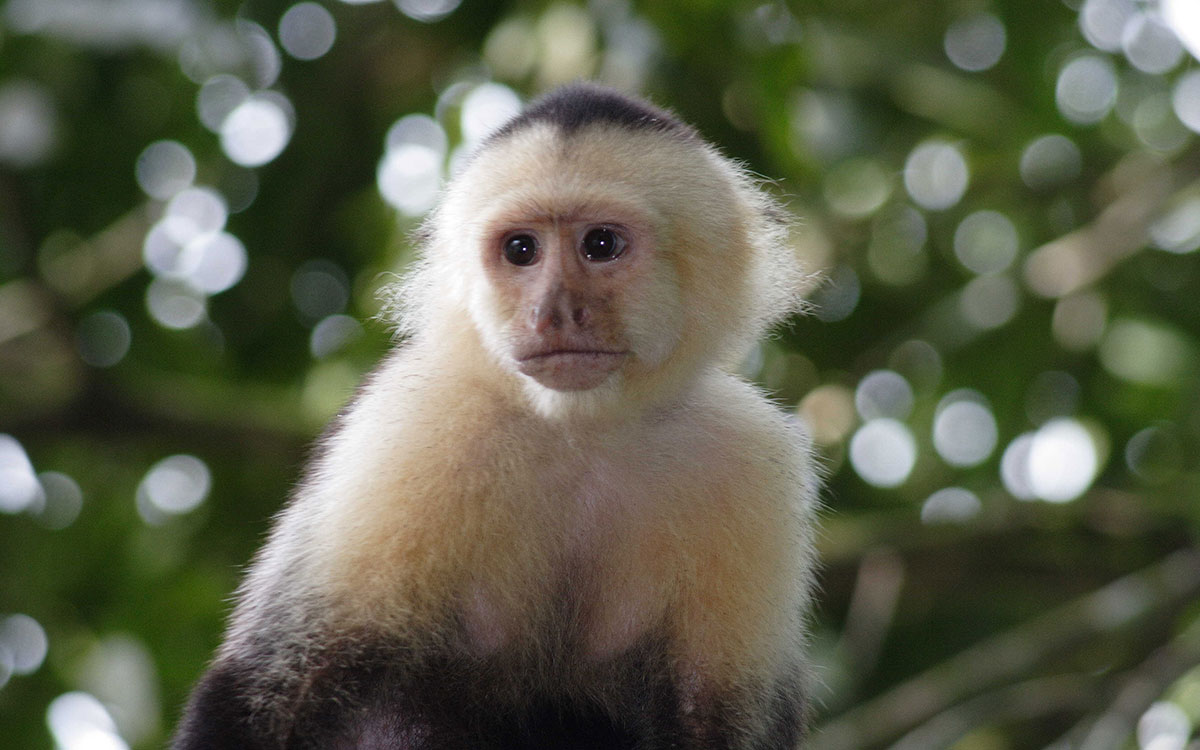
Corcovado National Park, located on the Osa Peninsula, on the southwest coast of the Pacific Ocean, is one of the two most important peninsulas in Costa Rica. The park is the largest protected area in Costa Rica and according to National Geographic is the most biologically active area in the world, one of the most biodiverse places on the planet.
In Corcovado we find a large number of tropical habitats, including primary forest, upland forest, cloud forest, floodplains and marshes. It also has a great diversity of species of trees, important populations of jaguars, anteaters, tapirs, deer, felines, spiders, monkeys and an extravagant variety of birds, freshwater fish, reptiles, amphibians and other tropical animals. There are 2 main trails (one that runs along the coast, and one to the inside) and 4 ranger stations.
Recommendations:
Dedicate 2 or 3 days to the visit of the area and the park.
To walk in the park is recommended a good physical condition.
Plan routes in advance.
And of course, a lot of caution.


